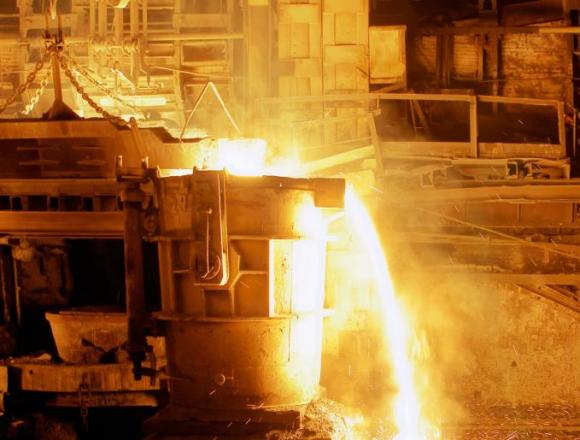For many years, China has maintained its leadership in the production and consumption of steel. The annual exhibition ‘Metal+ Metallurgy China’ has been held for almost thirty years. The president of the Chinese Foundry Association (CFA) Mr. Zhang talked to the magazine ‘ the Rare Earth’, an official media partner of the exhibition, about the factors that allow one to influence technology and production.
What are the objectives and tasks of the Chinese Foundry Association in the near future?
The main objective of the Chinese Foundry Association in the near future is to promote the comprehensive implementation of the tasks as stated in the 12th Five-year Development Plan of the foundry industry. 2014–2015 are the last critical two years to fully implement the Plan, which is the programme document and guiding principle for the strategic development of the Chinese foundry industry. The stated development objectives, missions, policies and measures of the Plan need to be promoted and implemented through hard and effective work. We need to take the advantage of the implementation of the ‘Foundry Industry Access System’ to accelerate industrial upgrading in structure, products, management and market, as well as speed up development mode transformation, all resulting in the upgrading of the whole value chain, including building industry clusters, promoting a green foundry industry and modern services sector, etc. As for the Chinese Foundry Association itself, we will make efforts to improve our abilities and competitiveness to better establish our status, representativeness and influence, and to better meet the requirements of fast economic development by further improving the organization’s structure of management and speeding up its marketisation and internationalisation.
China is ranked No.1 in the world in casting production. How do you evaluate China’s foundry technology? Is there a lack of skilled workers?
As one of the earliest foundry nations in history, China has achieved a lot of splendid successes. Entering the 21st century, China’s foundry industry has developed very fast, with its casting production ranked the first place in the world for a successive 13 years, and its technology has improved greatly, especially in the self-innovation of large and key castings. However, we should notice that there is still a significant gap when compared with developed industrial countries. Some core technology and high-end castings are still dependent on imports. One important reason for this is the lack of skilled foundry workers.
In more recent times the government has introduced a lot of measures to foster and build a powerful technician workforce.
What achievements have been made since the ‘Access System to Foundry Industry’ was issued by the Chinese government in 2013? What else should be done to regulate industry development?
To date, the Ministry of Industry and Information Technology of China has announced the first 406 foundry companies that conform to the access regulations. The second round of company declaration work has been launched. To further regulate the foundry industry, the national government should enhance environmental protection inspection and law enforcement. The whole industry should increase its quality awareness to continually improve the quality of products and the company’s overall competitiveness.
China is now less dependent on import, but still some key castings (ex. gas turbine blades) are imported. What’s your opinion on the development of China’s production technology?
We should build an advanced foundry technology platform which specialises in research and the development of foundry processes. Efficient, energy-saving, automated and intelligent foundry equipment, advanced foundry process and materials as well as core castings manufacturing technology for major equipment should be developed and promoted.
1) State of the art large size aluminum, magnesium, titanium light-weight alloys foundry technology and high-temperature alloy directional, single crystal solidification technology; waste (old) sand reclamation technology and on-line inspection and control technology; pollution-free or less pollution casting materials; whole process of simulation technology in castings production and application.
2) Large-tonnage (≥20t/h) long-life cupola furnaces and high-power (≥8000kW) efficient induction melting equipment, semi-solid foundry equipment, pure metal nucleation equipment, high-temperature alloy directional and single crystal solidification equipment; static pressure molding machine, automatic core-making system, specialized shot blasting and cleaning equipment, foundry robot, on-line processing inspection machine and industry CT machine, etc..
The full version of the interview is available on the site: www.rareearth.ru
